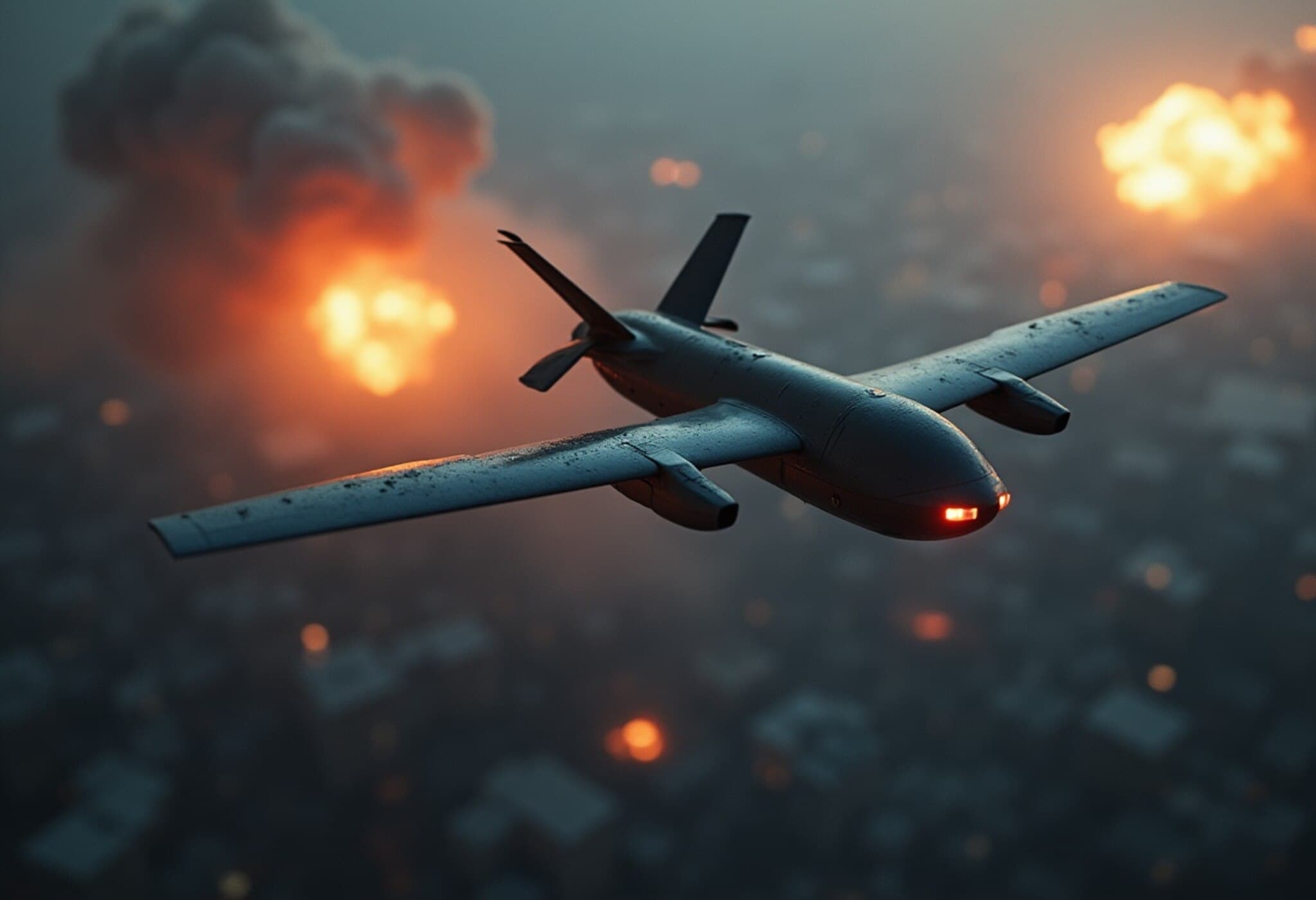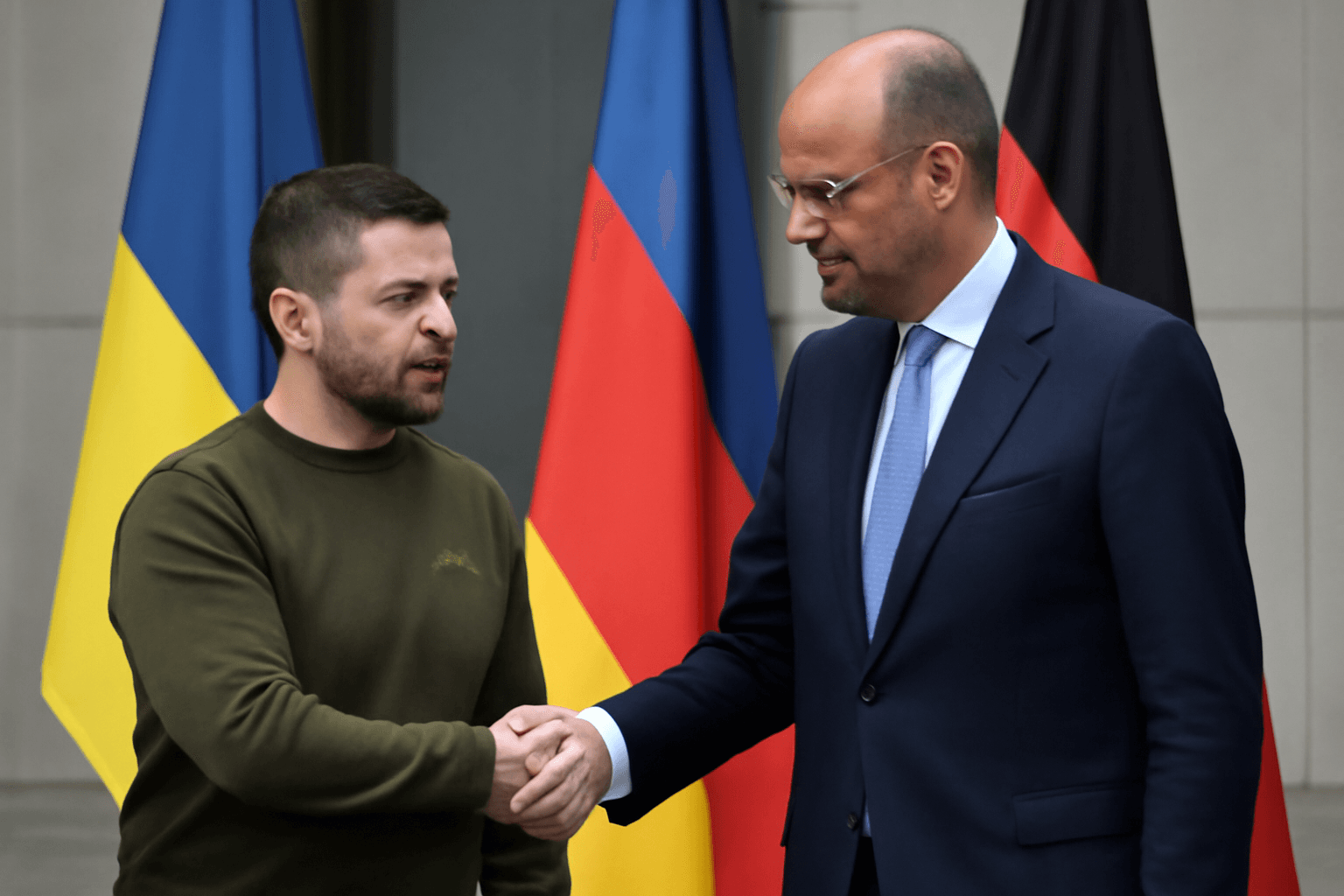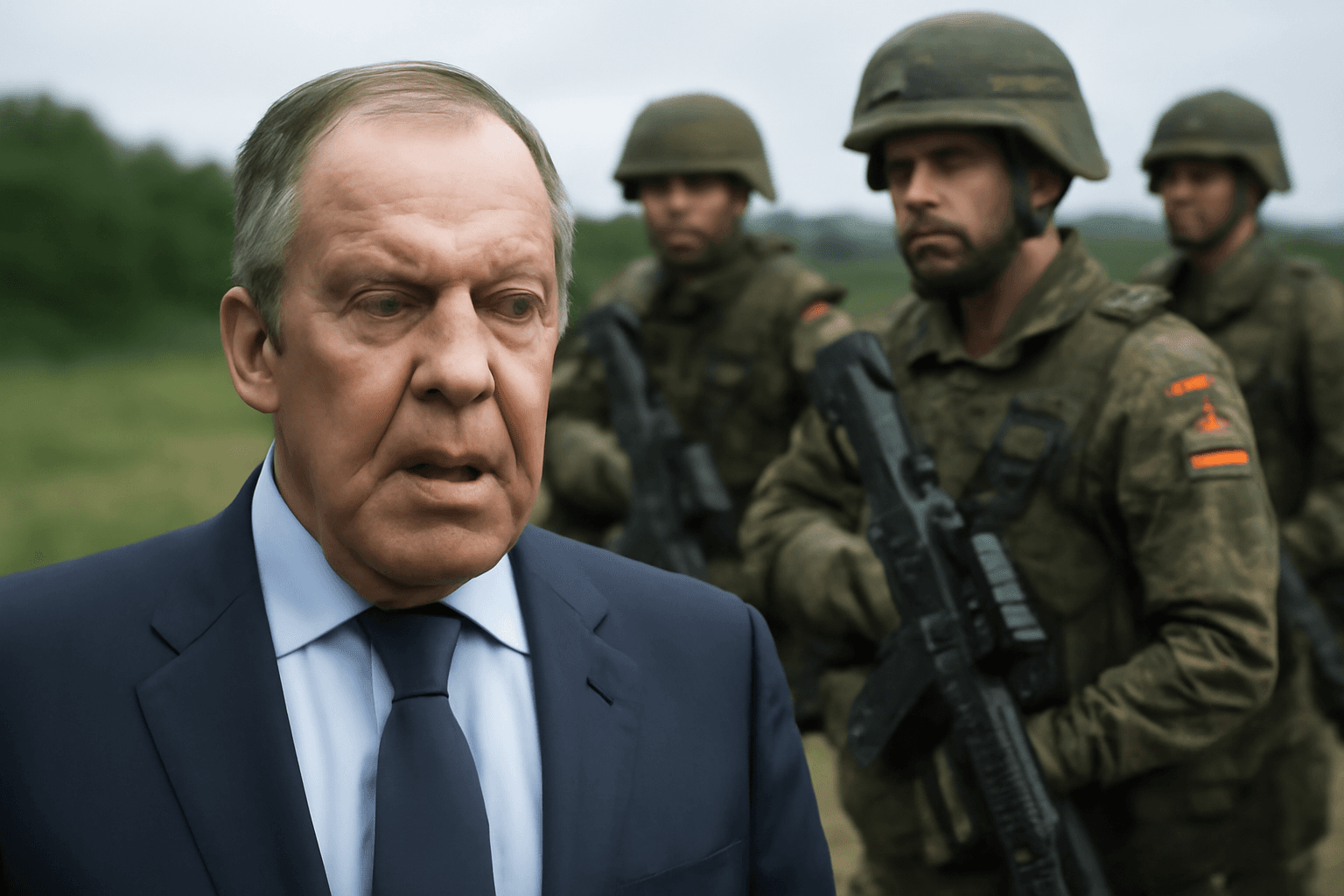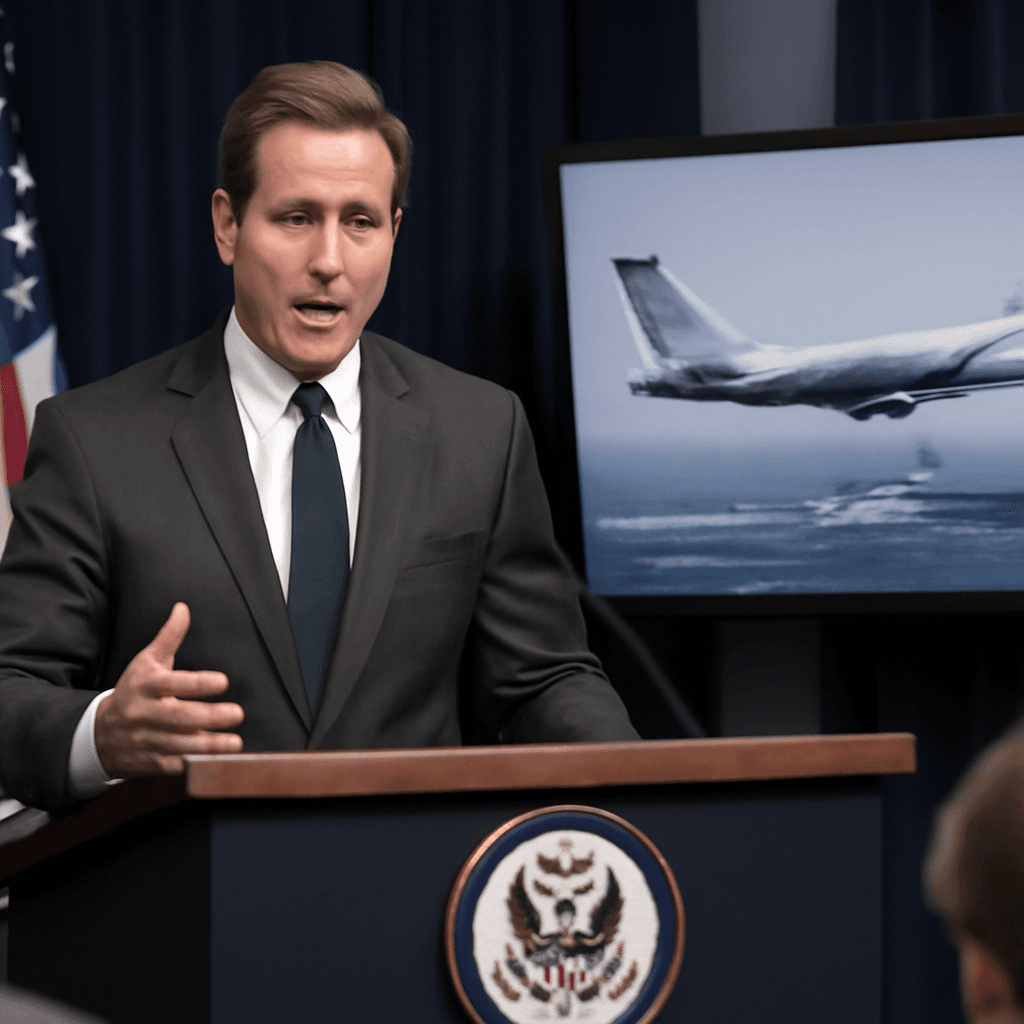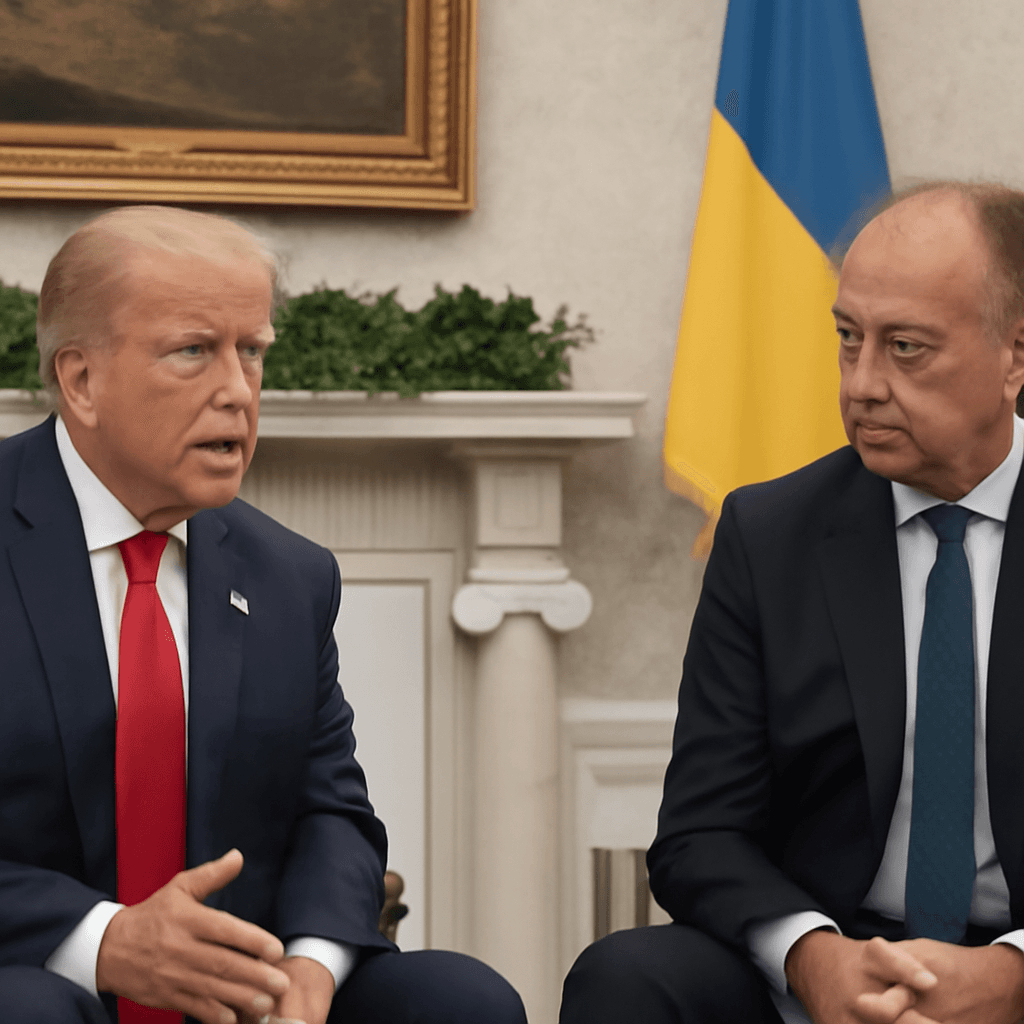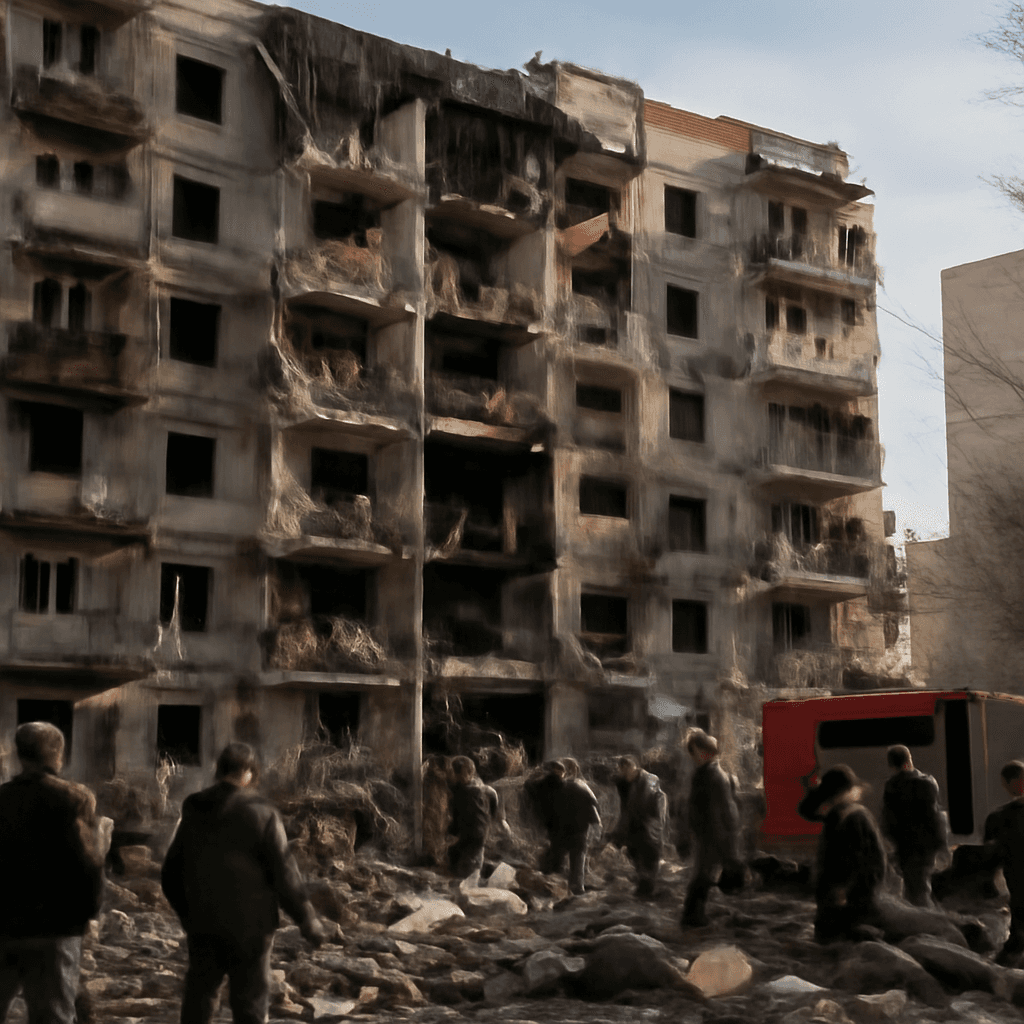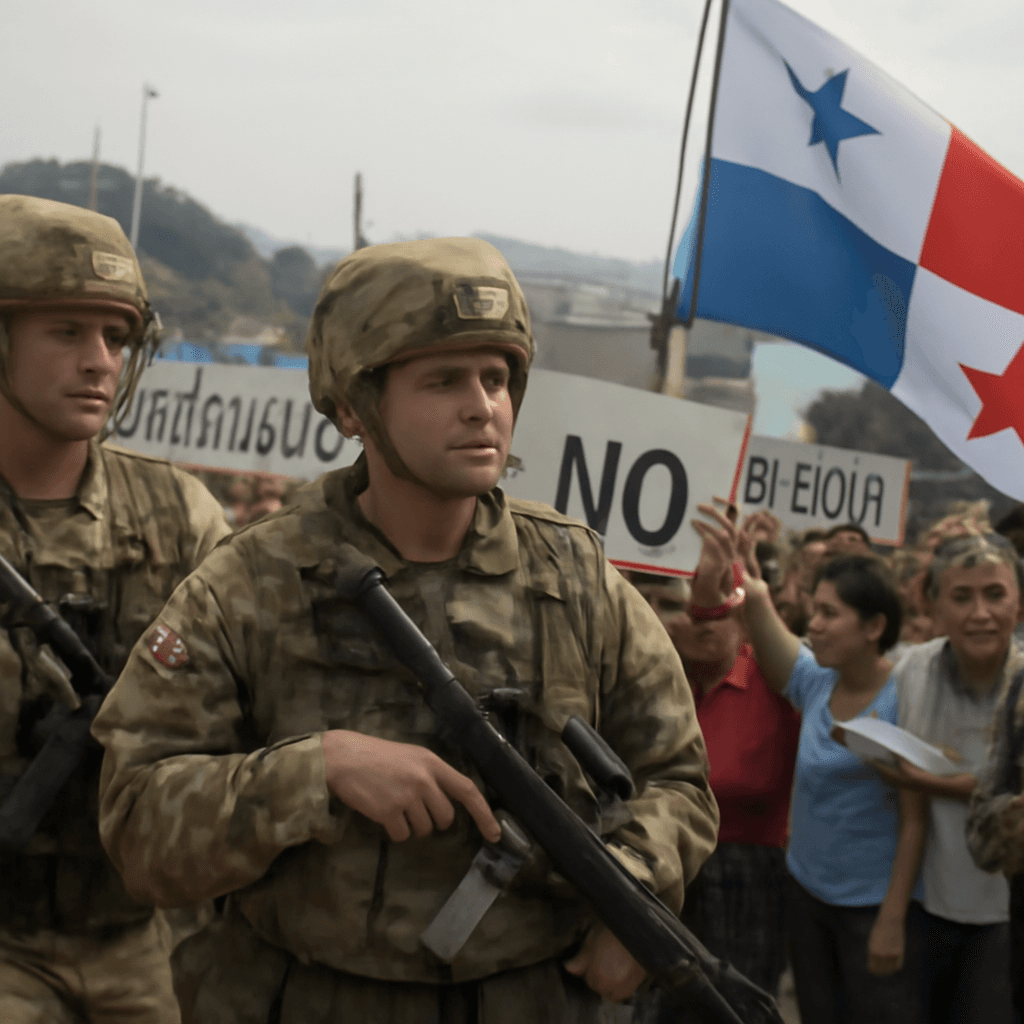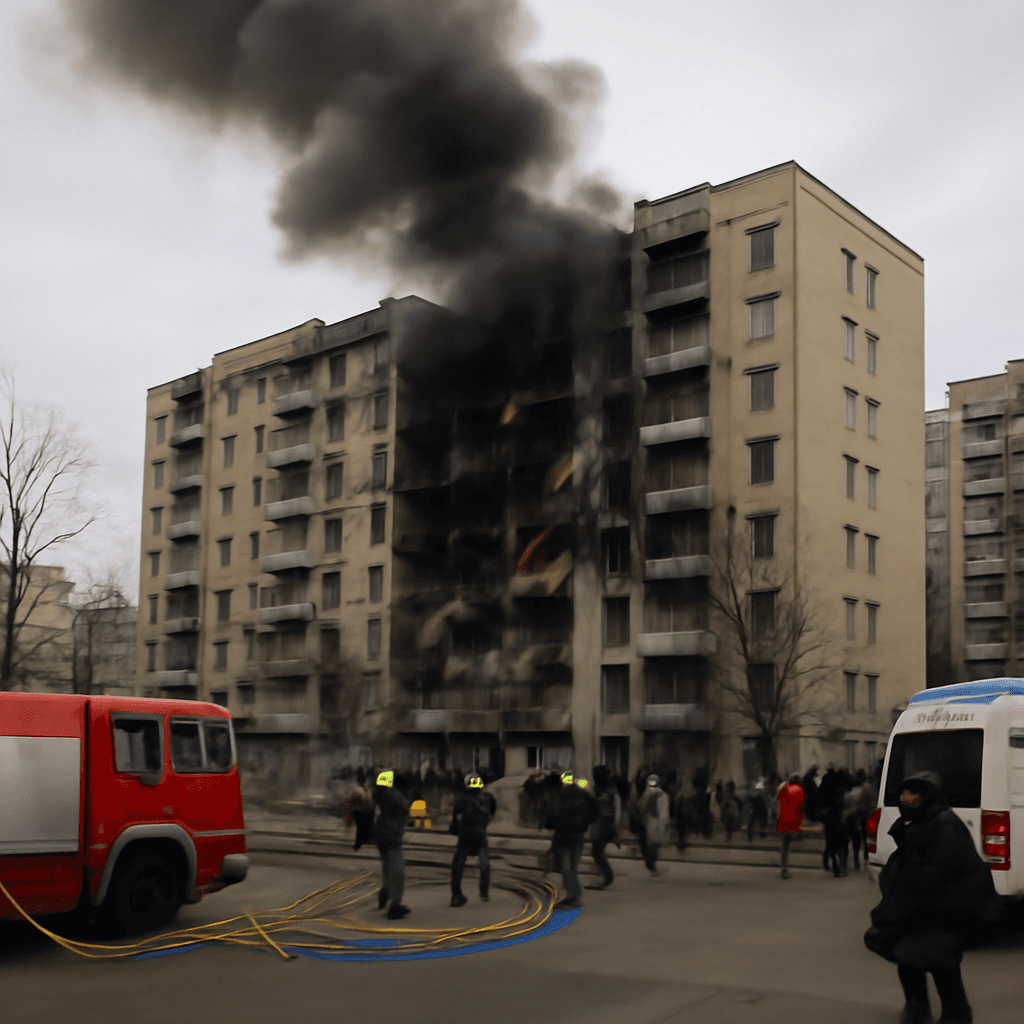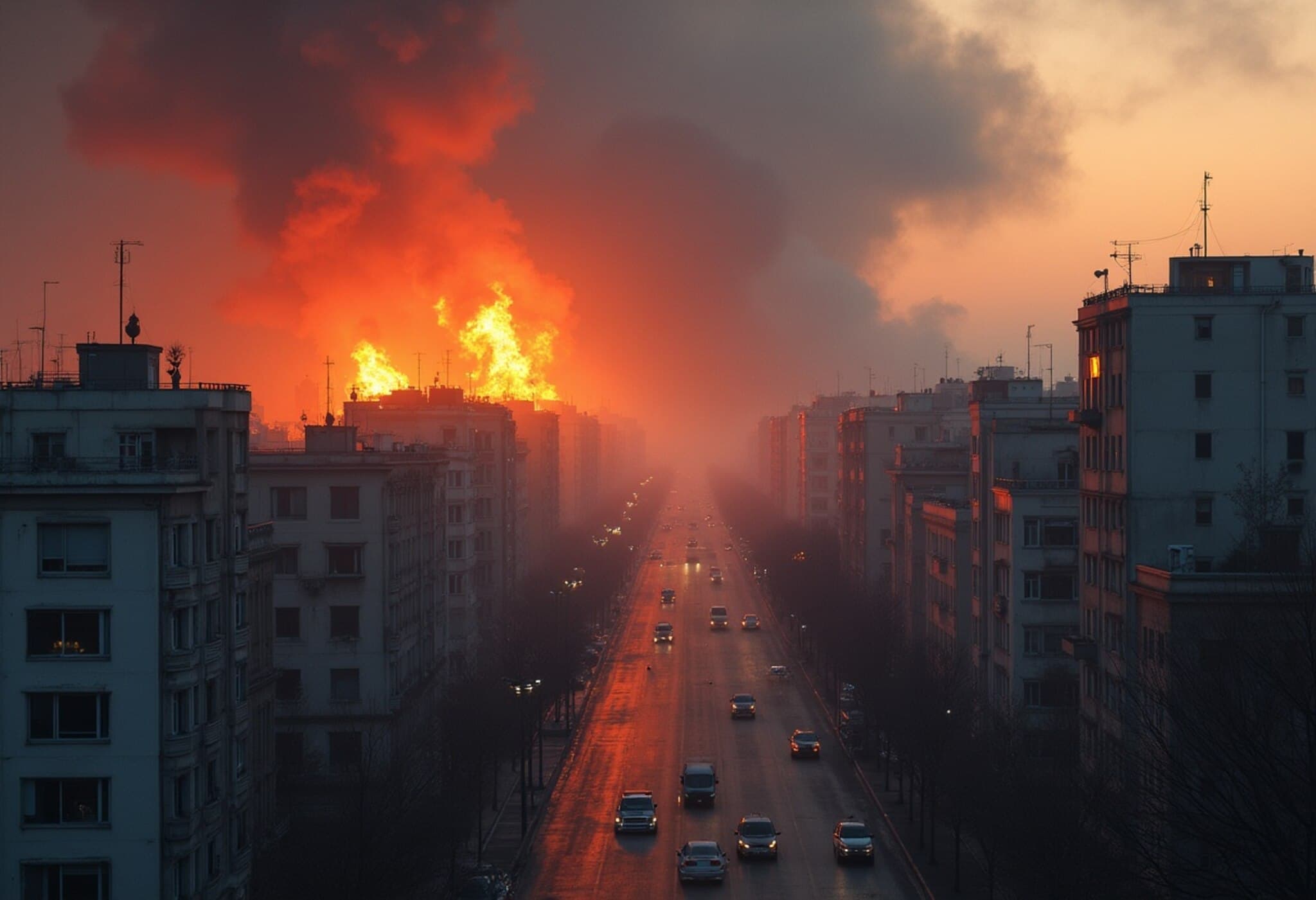The Drone That Changed the Game: Shahed’s Rise in the Ukraine Conflict
As darkness falls over Ukraine, countless civilians brace themselves for a familiar and chilling sound—the persistent buzz of drone propellers slicing through the night air. Since the war’s escalation, the battlefield has shifted from traditional fighter jets and missiles to the relentless swarm of Iranian-designed Shahed drones, transforming the nature of warfare and civilian experience alike.
A New Era of Aerial Siege: The Scale and Impact of Shahed Drone Attacks
In just one night during June 2025, Russia unleashed nearly 479 long-range drones, predominantly Shaheds, targeting Ukrainian cities. Data from the Center for Strategic and International Studies (CSIS) reveals that since February 2025—when the U.S. publicly advocated for a ceasefire—Russia has intensified drone launches to over 1,000 per week, a startling fivefold rise compared to the previous year. As CSIS data fellow Yasir Atalan described, “not a single three-day stretch this year has passed without Shahed drone attacks,” underscoring the wretched normalcy Ukrainian civilians face.
Behind the Technology: A Cost-Effective Weapon of Attrition
What makes Shahed drones particularly formidable is their affordability versus the cost of countermeasures. Priced at approximately $50,000 each—a figure comparable to a BMW M Sport's price in India— these drones contrast starkly with the cost of missile interceptors and defense systems that often exceed a million dollars per interception. Military analyst James Black from the RAND Corporation points out that "the rise of cheap drones has skewed the cost balance heavily in favor of offense," marking a paradigm shift in combat strategy.
Design and Deployment: From Tehran to Moscow, Then the Battlefield
Initially constructed in Iran and shipped in parts to Russia in 2023, Shahed drones are now produced locally within Russian factories, featuring upgrades such as cameras, advanced anti-jamming technology, and AI-assisted navigation systems. Their simplistic yet lethal build—a roughly 11-foot long black, dart-like frame equipped with a warhead and basic off-the-shelf electronics—makes them easy to manufacture, transport, and deploy en masse.
These drones can quietly traverse over 1,000 miles, evading many radar systems. While the British Ministry of Defence acknowledges their predictable flight paths make them theoretically targetable, the sheer volume in which they are launched overwhelms existing air defenses like Israel’s Iron Dome or Ukraine’s NASAMS. Defense systems calibrated for high-tech missiles struggle to respond to waves of inexpensive, slow-moving drones.
Strategic Implications: Redefining Modern Warfare
The contrast in cost and complexity between Shahed drones and conventional high-cost weapons like Russia’s $2 million Iskander-M missiles or the even pricier Kh-101 cruise missiles is stark. Unlike missiles requiring expensive launch platforms and elite operational teams, Shaheds can be discharged from makeshift racks, dramatically lowering barriers to sustained offensive efforts.
Ukraine has adapted by prioritizing defense resources toward more sophisticated threats, but many Shahed strikes intentionally target civilian infrastructure—power stations, water treatment plants, and residential areas—resulting in widespread humanitarian harm. Organizations such as Human Rights Watch have condemned these attacks for their apparent violation of international humanitarian law and the indiscriminate nature of the bombardment.
Iran’s Drone Diplomacy: Regional Influence and Proxy Warfare
Iran’s investment in drone technology extends far beyond Ukraine. Shahed variants and Iranian-produced drones have found their way into conflicts involving Hezbollah in Lebanon, Houthis in Yemen, and Shiite militias across Iraq and Syria. The June 2025 barrage by Iran involving hundreds of drones and missiles pointed at Israel exemplifies the broader regional destabilization risks posed by drone proliferation. Furthermore, drone strikes have claimed lives of U.S. service members, such as the January 2024 Shahed attack in Jordan by an Iran-backed militia, underlining the expanding global footprint of these weapon systems.
Looking Ahead: Autonomous Weapons and Global Security Concerns
While most current Shaheds are remotely controlled, there is growing concern about the integration of artificial intelligence allowing drones to autonomously select and engage targets. The U.S. Department of Defense classifies lethal autonomous weapon systems (LAWS) as those operational without human intervention post-activation, a development that could drastically increase the lethality and unpredictability of drone warfare. Intelligence suggests that Russia and Iran are actively exploring such advancements, raising profound ethical and strategic questions worldwide.
Global Ramifications: Proliferation and Urgency for Strategic Responses
Ukrainian President Volodymyr Zelensky has raised alarms about the global threats posed by Shahed manufacturing proliferation. Intelligence hints at technology sharing with nations like North Korea, suggesting that without urgent international attention, we may witness an escalation where drone swarms threaten cities far beyond Eastern Europe, including major East Asian capitals such as Seoul and Tokyo.
The Kremlin’s capacity to produce vast numbers—potentially tens of thousands annually—of these low-cost, long-range drones signals a shift away from traditional expensive military assets to attritional, swarm-based tactics that could redefine warfare in the 21st century.
Conclusion: The Rise of the Black-Winged Swarm
The future of conflict looks less like clashing armored divisions or iconic fighter jets, and more like a persistent, invisible hum in the night—the cheap, black-winged Shahed drones buzzing relentlessly above city skylines in the early hours. Understanding this evolution is crucial for policymakers, defense planners, and global citizens who face a world where the balance of power is reshaped by scalable, inexpensive, and often indiscriminate drone warfare.
Editor’s Note
This profound transition in combat technology challenges traditional defense frameworks and international law. As drone swarms saturate airspace, the economic strain on defense budgets intensifies, and the humanitarian costs pile up. Are existing agreements and military doctrines equipped to address the autonomous drone era? How can diplomacy, technology innovation, and international cooperation adapt to mitigate escalating proxy conflicts fueled by inexpensive, mass-produced weaponry? These pressing questions demand immediate, expert attention.

